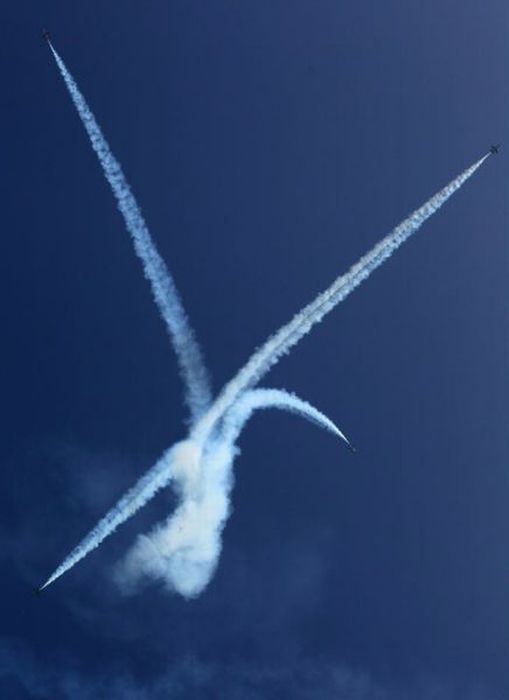|
|
Air Show 2011, Constanta, Romania
|
Air shows present some risk to spectators and aviators. Accidents occur, sometimes with a large loss of life, such as the 1988 disaster at Ramstein Air Base in Germany and the 2002 air show crash at Lviv, Ukraine. Because of these accidents, the various aviation authorities around the world have created set rules and guidance for those running and participating in air displays. Air displays are often monitored by aviation authorities to ensure safe procedures.
Rules govern the distance from the crowds that aircraft must fly. These vary according to the rating of the pilot/crew, the type of aircraft and the way the aircraft is being flown. For instance, slower lighter aircraft are usually allowed closer and lower to the crowd than larger, faster types. Also, a fighter jet flying straight and level will be able to do so closer to the crowd and lower than if it were performing a roll or a loop.
Pilots can get authorisations for differing types of displays (i.e. limbo flying, basic aerobatics to unlimited aerobatics) and to differing minimum base heights above the ground. To gain such authorisations, the pilots will have to demonstrate to an examiner that they can perform to those limits without endangering themselves, ground crew or spectators.
Despite display rules and guidances, accidents have continued to happen. However, air show accidents are rare and where there is proper supervision air shows have impressive safety records. Each year, organisations such as The International Council of Air Shows and The European Airshow Council meet and discuss various subjects including air show safety where accidents are discussed and lessons learnt.
|
|









